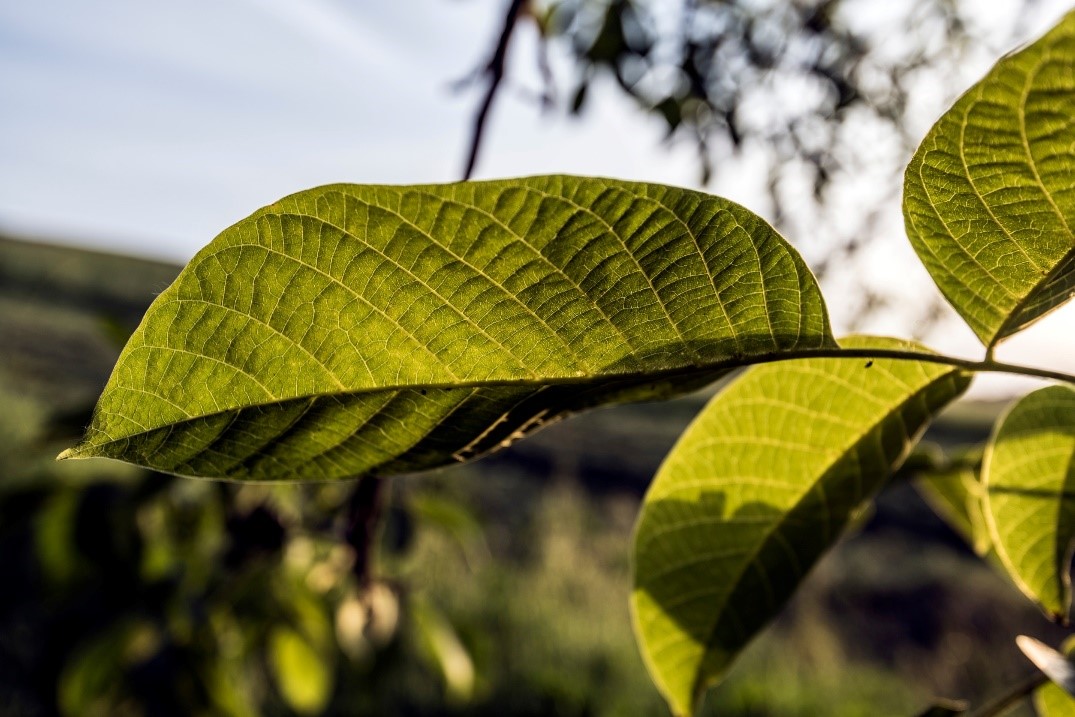
Club13 is an online and in-store supplier of Kratom products. In the following article, Club13 delves into the properties of this natural product, highlighting the dynamic duo: Mitragynine and 7-Hydroxymitragynine. These two alkaloids are the powerhouse components that make kratom extract for sale so intriguing to enthusiasts and researchers alike, shedding light on their effects and potential benefits.
Kratom, scientifically known as Mitragyna speciosa, is a plant originally from Southeast Asia whose leaves hold two primary psychoactive alkaloids: mitragynine and 7-hydroxymitragynine (7-OH). The former is found in much higher concentrations than its 7-OH counterpart, but both play significant roles in the plant’s purported effects.
Club13 notes that there are a few studies available confirming how these alkaloids interact with the body and brain, with more being conducted to solidify the pharmacological results of previous research efforts.
Scientists have unearthed a number of indole alkaloids believed to be the primary contributors to Kratom’s psychoactive effects, including speciogynine, paynantheine, and speciociliatine. However, Club13 explains that mitragynine and 7-OH come in much higher concentrations, which cements these alkaloids as the most prominent.
Club13 Explains Mitragynine: The Major Active Alkaloid
Mitragynine is a fascinating natural product within the alkaloid class found in Kratom that can be isolated from the Mitragyna speciosa‘s leaves. The content of the leaves, though, varies drastically depending on the climate and geographical region.
Takayama’s 2004 study, for instance, found that Malaysian M. speciosa contained 12% mitragynine, while Thailand’s leaves possessed a whopping 66% concentration. According to Club13, more recent research (Goh et al., 2021) concludes the Malaysian plant actually contains between 6.53% and 7.19%.
Beyond the concentrations, scientists have discovered that mitragynine’s biosynthesis (i.e., its transformation into other, more complex products in the body) is a multi-dimensional system, involving a range of enzymatic steps. According to Chear et al. (2021) and Jumali et al. (2011), the major active alkaloid and its diastereomers (i.e., compounds with the same molecular formula and bonded elements sequence as mitragynine but aren’t exact replicas) are synthesized via a standard indole alkaloid pathway.
Its Studied Interactions and Resultant Effects
Hot plate and tail-flick tests have been conducted on mitragynine, concluding that it induces antinociception in the brain.
Club13 reports that a study on guinea pigs showed the agonistic alkaloid inhibited contraction, stimulating the guinea pig ileum, with a 2002 study proving it has significant binding affinity on certain receptors.
More recent information (Kruegel et al., 2016) indicates it’s a partial MOR agonist, while some of its diastereomers are weak against it. The same study also noted that it binds more at the aforementioned site than KOR and DOR. Mitragynine has the highest binding characteristics over other alkaloids present in Kratom.
The mitragynine template reviewed above has opened doors of therapeutic potential for the isolated Mitragyna speciosa alkaloid. Medicinal chemists may be able to develop an all-new analgesic that could be beneficial for soothing discomfort and uplifting moods after extensive studies on potency, absorptivity, metabolism, and distribution.
 7-Hydroxymitragynine (7-OH): The Alkaloid Found in Much Lower Concentrations
7-Hydroxymitragynine (7-OH): The Alkaloid Found in Much Lower Concentrations
While mitragynine generally makes up about two-thirds of Kratom’s entire alkaloid content, 7-OH is still a notable component. Despite taking up an average of less than 0.05% of the dried leaf mass, 7-Hydroxymitragynine has its own crucial interactions with the body, coupling with the aforementioned alkaloid to partially agonize particular receptors and accompanying mitragynine as a G protein-biased agonist of the MOR.
Club13 notes that even though 7-OH is technically more potent than mitragynine, its limited concentrations within Kratom initially caused scientists to believe it was insufficient to induce any happiness or relaxation effects. That said, existing literature shows that the alkaloid seems to be formed from mitragynine in the body, with tests showing decreases in mitragynine at the same rate as 7-OH increases.
Further papers illustrate that 7-OH contributes to mitragynine’s analgesic activity as a metabolite in various mice-based studies, reports Club13.
Overall, the active alkaloid complicates the pharmacological role of mitragynine in Kratom, seemingly mediating its activity in several rodent examinations.
Anecdotes Cite Several Effects
Club13 explains that most studies reference mitragynine or 7-hydroxymitragynine, with only a few detailing the likely reactions of both compounds. That said, plenty of anecdotes exist, supplying valuable information into the purported effects of Kratom in which mitragynine and 7-OH play primary parts as described above.
Generally speaking, the effects of the two compounds combined with the other alkaloids present in Mitragyna speciosa are uplifting and provide an overall sense of wellbeing. Some sources have reported that, depending on the exact concentrations, energy bursts and huge productivity improvements can also occur.
Final Thoughts
Through scientific research and anecdotal evidence, we gain valuable insights into the potential of these alkaloids, offering a deeper understanding of Kratom’s effects.
As enthusiasts and researchers delve further into the world of Kratom, it is becoming evident that Mitragynine and 7-Hydroxymitragynine hold the key to wellness. Their intricate interactions with the body pave the way for potential therapeutic applications, promising benefits for those seeking relief from discomfort and an enhanced sense of wellbeing.


